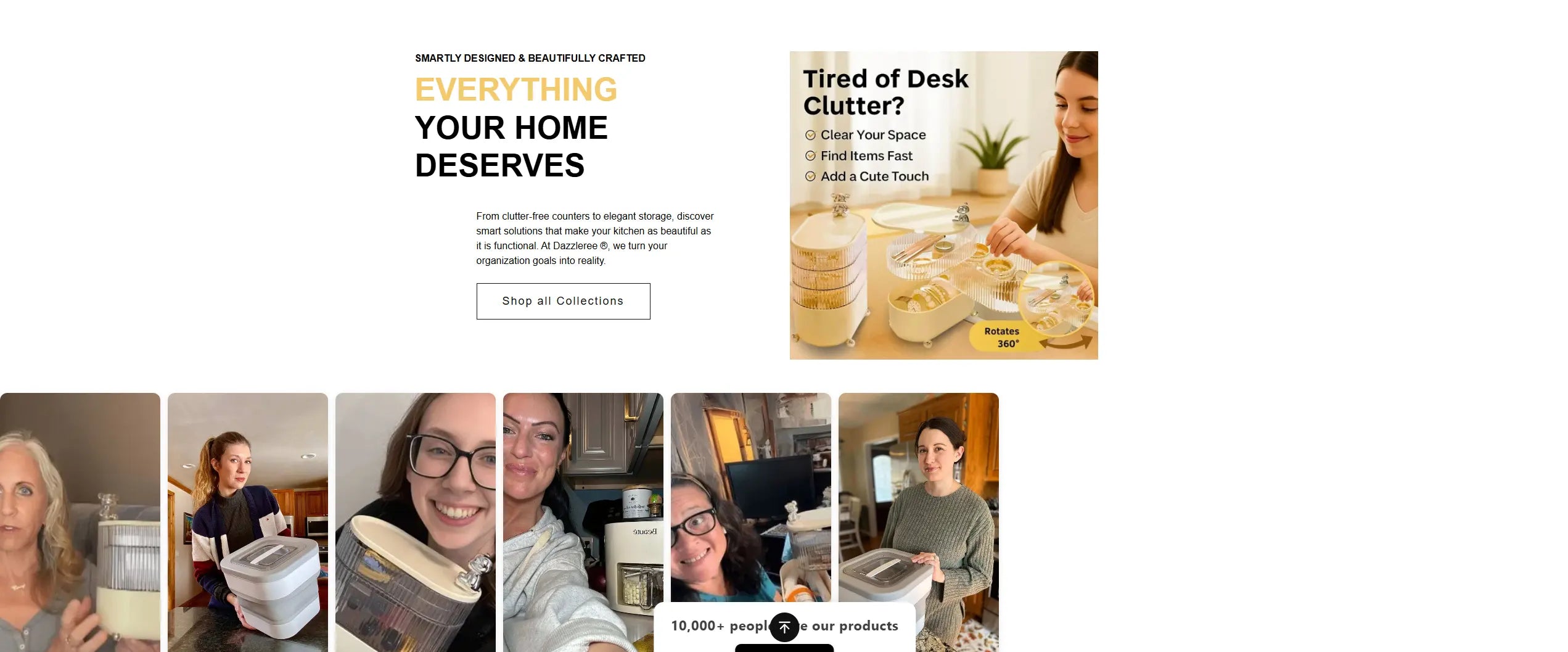
Sustainable Material Choices: Eco-Friendly, Renewable & Biodegradable
Share
July 27, 2025
Using sustainable materials is one of the best ways to help the planet. Whether you're building a home or storing leftovers, choosing eco-friendly, renewable, and biodegradable options reduces waste and pollution. This guide shows you the best materials for green building and daily life—including our top pick: the Ultra Fresh Saver 5-Piece Container Set.

Why Use Sustainable Materials?
Sustainable materials help the environment by:
- Releasing fewer harmful gases.
- Cutting down on trash in landfills.
- Improving indoor air by avoiding chemicals.
- Saving energy and resources.
They’re better for your health and your wallet over time.

Types of Eco-Friendly Materials
Fast-Growing Natural Materials
Bamboo, cork, and hempcrete are strong and grow quickly. Bamboo is stronger than many woods. Cork comes from trees without cutting them down. Hempcrete is light, great for insulation, and stores carbon.
Biodegradable Materials
Mycelium, made from fungi, and Zeoform, made from plants, break down safely in nature. They're used in panels, packaging, and more.
Recycled Materials
Reclaimed wood, recycled plastic, and recycled glass help reduce waste. Fly ash concrete uses leftovers from other industries instead of cement.
New Green Materials
Some exciting options include algae bricks, transparent wood, and bacterial cellulose. These absorb carbon and keep buildings warm or cool.
Natural Earth Materials
Rammed earth, cob, and straw bale homes are low-cost and low-waste. Mass timber is made from wood layers and locks in carbon.

Eco-Friendly Living: Ultra Fresh Saver Container Set
The Ultra Fresh Saver 5-Piece Container Set is perfect for people who want to go green at home. These BPA-free containers come in 5 sizes and include built-in colanders and adjustable vents to keep fruits, vegetables, and leftovers fresh. They’re safe for the microwave, freezer, and dishwasher. Plus, they stack to save space and reduce single-use plastic waste.

How to Pick the Right Material
Look for materials that are:
- Renewable (can grow or be reused quickly).
- Biodegradable (breaks down in nature).
- Recycled (made from old products).
Check for eco labels like LEED, FSC, or Cradle to Cradle.

Real-Life Examples
- London’s Paradise SE11 uses wood instead of concrete to cut emissions.
- Powerhouse Place built with hempcrete to trap carbon and save energy.
- Algae bricks lower pollution by 90%.
- Australia’s new buildings test straw and fungi panels.

Challenges and the Future
Some eco materials cost more or need special rules to be used. But things are changing fast. With more research and support, these materials are becoming easier to find and use.

Conclusion
Choosing better materials helps the planet. From bamboo and cork to the Ultra Fresh Saver Set, small changes can make a big difference. Choose products that are safe for the earth and smart for your future.

Frequently Asked Questions
What are the most eco-friendly materials?
Bamboo, hempcrete, recycled glass, reclaimed wood, and mycelium are considered some of the most eco-friendly materials. Bamboo is known for its rapid growth and minimal resource requirements. Hempcrete, a composite made from hemp, lime, and water, is not only sustainable but also offers excellent insulation and carbon storage properties. Recycled glass reduces waste and conserves natural resources, while reclaimed wood repurposes existing materials, minimizing the need for new lumber. Mycelium, the root structure of fungi, can be used as a biodegradable alternative to plastics and packaging.
Is bamboo better than regular wood?
Yes, bamboo is often considered superior to regular wood for several reasons. It grows significantly faster than traditional hardwoods, reaching maturity in just a few years, which means it can be harvested more frequently. Additionally, bamboo is stronger than many types of wood, making it a robust building material. Its cultivation requires fewer resources, such as water and pesticides, which contributes to its eco-friendliness and sustainability.
What is hempcrete?
Hempcrete is a sustainable building material made from a mixture of hemp shivs (the woody core of the hemp plant), lime, and water. This composite material is lightweight and provides excellent insulation, making it a popular choice for eco-friendly construction. One of its key benefits is its ability to store carbon dioxide, helping to mitigate climate change. Hempcrete is not load-bearing but is often used in conjunction with other structural materials.
Are there reusable food containers that help the planet?
Yes, there are many reusable food containers designed to be environmentally friendly. For example, the Ultra Fresh Saver Set is a popular choice; it is BPA-free, which means it does not contain harmful chemicals, and it helps reduce waste by encouraging the use of reusable products instead of single-use plastics. By opting for reusable containers, consumers can significantly decrease their environmental footprint.
How do I know if a material is truly eco-friendly?
To determine if a material is genuinely eco-friendly, look for trusted eco labels and certifications. Labels such as LEED (Leadership in Energy and Environmental Design), FSC (Forest Stewardship Council), and Cradle to Cradle indicate that a product has met rigorous sustainability standards. These certifications help consumers make informed choices about the materials they purchase, ensuring they support environmentally responsible practices.


